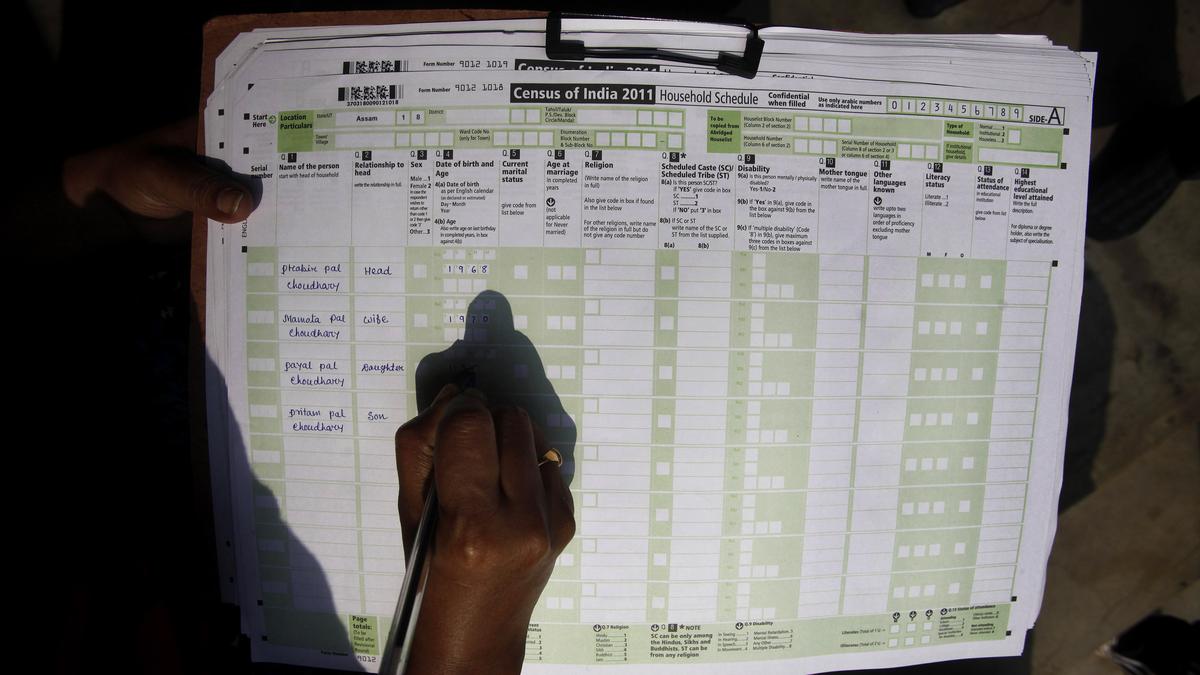- Courses
- GS Full Course 1 Year
- GS Full Course 2 Year
- GS Full Course 3 Year
- GS Full Course Till Selection
- MEP (Mains Enrichment Programme) Data, Facts
- Essay Target – 150+ Marks
- Online Program
- GS Recorded Course
- NCERT- First Ladder
- Polity
- Geography
- Economy
- Ancient, Medieval and Art & Culture AMAC
- Modern India, Post Independence & World History
- Environment
- Governance
- Science & Technology
- International Relations and Internal Security
- Disaster Management
- Ethics
- Current Affairs
- Indian Society and Social Issue
- CSAT
- 5 LAYERED ARJUNA Mentorship
- Public Administration Optional
- ABOUT US
- OUR TOPPERS
- TEST SERIES
- FREE STUDY MATERIAL
- VIDEOS
- CONTACT US
Fixing India’s VVPAT-based audit of EVMs
Fixing India’s VVPAT-based audit of EVMs
17-04-2024

Background:
- The Election Commission of India (ECI) has faced criticism for reducing the Voter Verified Paper Audit Trail (VVPAT) based audit of Electronic Voting Machines (EVMs) to a symbolic gesture.
- Currently, only 5 polling stations per Assembly Constituency are audited for VVPAT accuracy.
- Critics argue that this sample size violates statistical sampling principles and results in high margins of error.
Need for Auditing EVMs:
- A 'defective EVM' is one where the EVM count and the manual VVPAT count of voter slips differ due to malfunction or manipulation.
- Unlike industry and trade, where a few defects may be acceptable, elections require a 'zero defective EVM' standard.
- Even a single instance of a mismatch between EVM and VVPAT counts in a random sample of EVMs should lead to the rejection of the entire 'population' of EVMs from which the sample was drawn.
- In such cases, election results should be based solely on the VVPAT count.
VVPAT-based Audit of EVMs:
- VVPAT-based EVM audits have 3 essential elements:
- A clear definition of the 'population' of EVMs from which the statistical sample will be drawn.
- This population could be all EVMs deployed in an Assembly constituency, a Parliamentary constituency, a State, India as a whole, a region within a State, or any other defined group.
- The population size (N) can vary significantly depending on the definition;
- Determining a statistically sound and administratively feasible sample size (n) of EVMs whose VVPAT slips will be manually counted;
- Applying the 'decision rule'.
- If there is a mismatch between EVM and VVPAT counts in the chosen sample of 'n' EVMs, manual counting of VVPAT slips must be done for all the remaining (N-n) EVMs in that 'population'.
Criticism of the ECI:
- The ECI has not specified the 'population' to which its sample size relates.
- It does not explain how the sample size was decided or how the 'next step' was taken in case of mismatch between EVM and VVPAT counts in the selected sample.
Steps to be taken:
- The 'Plateau Effect' of sample size can be utilized to divide larger States into 'regions' (integral number of districts) with EVM population sizes of about 5,000 each.
- In this scenario, "EVMs deployed in the region" can be considered the 'population'.
- On average, a region would have about 20 Assembly constituencies.
- For example, Uttar Pradesh, with 1,50,000 EVMs, can be divided into 30 regions with roughly 5,000 EVMs each.
- If a defective EVM is detected, the manual counting of VVPAT slips will be limited to the specific region.
- This option is both statistically robust and administratively practical.
Meanwhile, the Supreme Court recently indicated that petitions seeking 100% verification of VVPAT slips would be considered soon.



